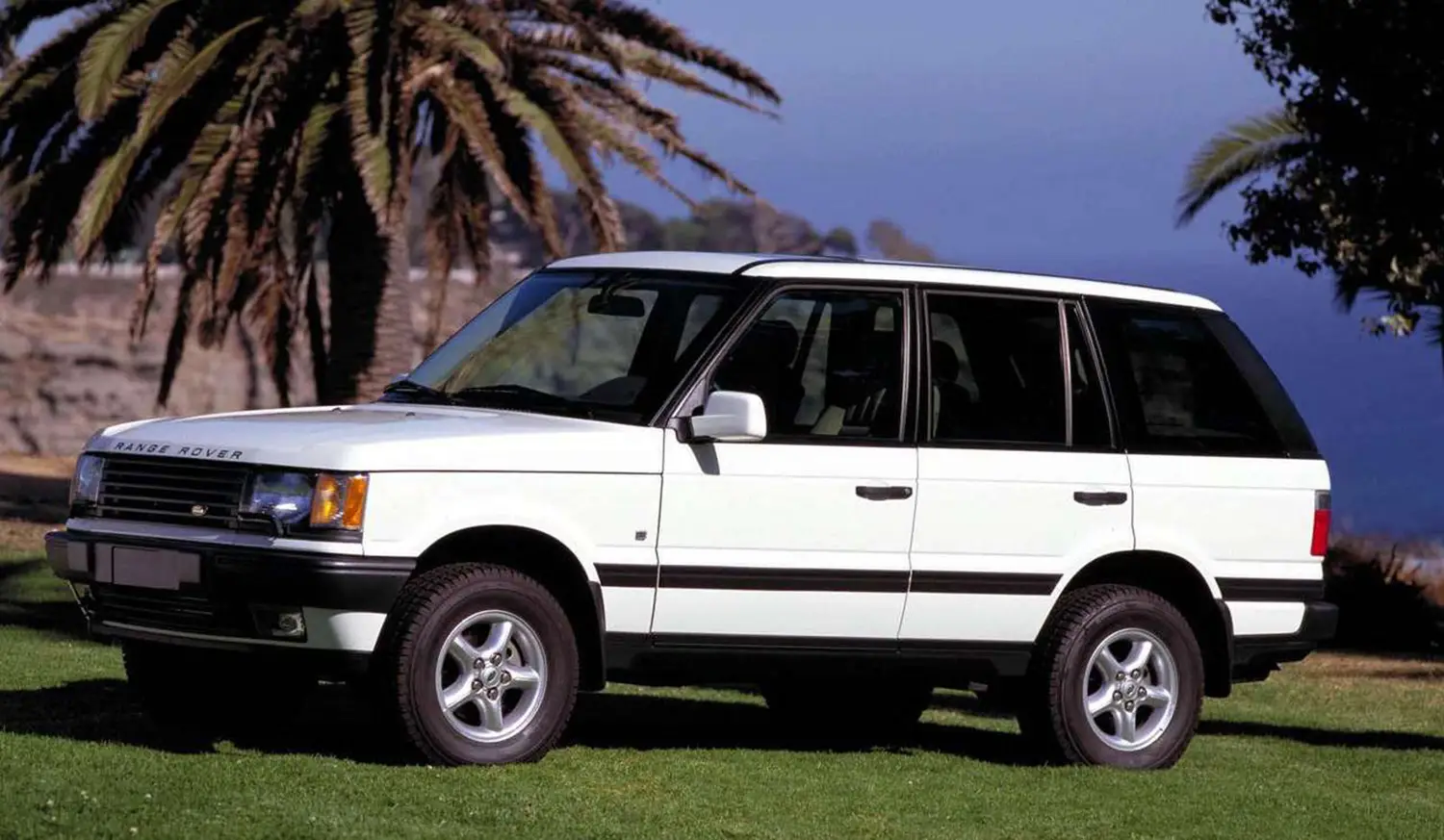
The 2001 Land Rover Range Rover stands as a pivotal point in automotive history. It represents a bold step forward from its classic roots. This model, often known as the P38A, helped shape what we know today. It blended rugged capability with genuine luxury. The P38A proved that a vehicle could conquer a mountain and still look at home in the city. It built on a long-standing tradition of British excellence.
The P38A: A Name with a Story
The P38A name comes from its development location. It was created in Block 38A at the Solihull factory. This project had to replace a beloved icon. The first generation was a tough act to follow, so this was a major challenge. The P38A project began in 1988 with an enormous budget. Designers had to modernize the vehicle without losing its soul. They succeeded by keeping its famous silhouette.
Modernizing a British Icon
Designers had to evolve a timeless look. They made subtle changes to its iconic shape. The P38A featured more rounded lines and a cohesive design. It kept the signature “floating” roof and clamshell hood. This careful evolution made it instantly recognizable. Its design was both fresh and deeply familiar to enthusiasts. It moved the brand firmly into a new era.
Enhanced Luxury and Comfort
Land Rover wanted to elevate the interior experience. The P38A introduced a more sophisticated cabin. It featured extensive use of leather and burled walnut. The goal was to meet, or even surpass, German luxury standards. You feel this commitment when you step inside. The dashboard was completely redesigned for a modern look. It was a significant upgrade over the original.
Power and Performance Heritage
The 2001 Range Rover came with a powerful engine. It used the Rover 4.6-liter V8 engine. This engine produced 222 horsepower and 300 lb-ft of torque. It was paired with a smooth four-speed automatic transmission. This powertrain provided solid on-road acceleration. It also offered the low-range gearing needed for serious off-roading. Its performance was key to its dual personality. It could handle both highways and rough terrain with ease.
Innovative Engineering Solutions
The P38A introduced a refined electronic air suspension. It was a major step up in technology. This system gave the driver more control over ride height. You could raise it for off-road use. You could lower it for easier entry. This air suspension was an engineering marvel. It also provided a smooth, comfortable ride on pavement. Land Rover always pushed the boundaries of automotive engineering.
The Foundation of Future Models
The 2001 Range Rover laid crucial groundwork. It helped define the modern luxury SUV. It showed that off-road ability and luxury could coexist. Every Range Rover since has built on its legacy. The P38A pushed the brand into a more premium space. It solidified its reputation as a leader. It’s a key chapter in Land Rover’s history. It is a true testament to British engineering.
A Legacy of Excellence
The 2001 model is a piece of living history. It stands as a testament to its creators. It is still a sought-after vehicle today. Its blend of classic design and technology is unique. It continues to inspire a loyal following of fans. This vehicle holds a special place in the hearts of collectors. It represents a golden age of robust luxury. This Range Rover is a true automotive icon. It continues to turn heads wherever it goes.
Summary The 2001 Land Rover Range Rover, or P38A, marked a critical evolution for the brand. It retained classic Range Rover styling cues while introducing modern luxuries and engineering. The vehicle’s powerful 4.6L V8 engine and advanced electronic air suspension made it a versatile icon. It seamlessly combined its off-road heritage with an elevated, premium cabin. The P38A’s legacy is evident in every model that followed. It cemented the Range Rover’s status as the ultimate luxury all-terrain vehicle.
Disclaimer: The specifications and features described in this article are based on historical data. Individual vehicles may vary due to maintenance, modifications, or original trim levels.
Source: Land Rover
